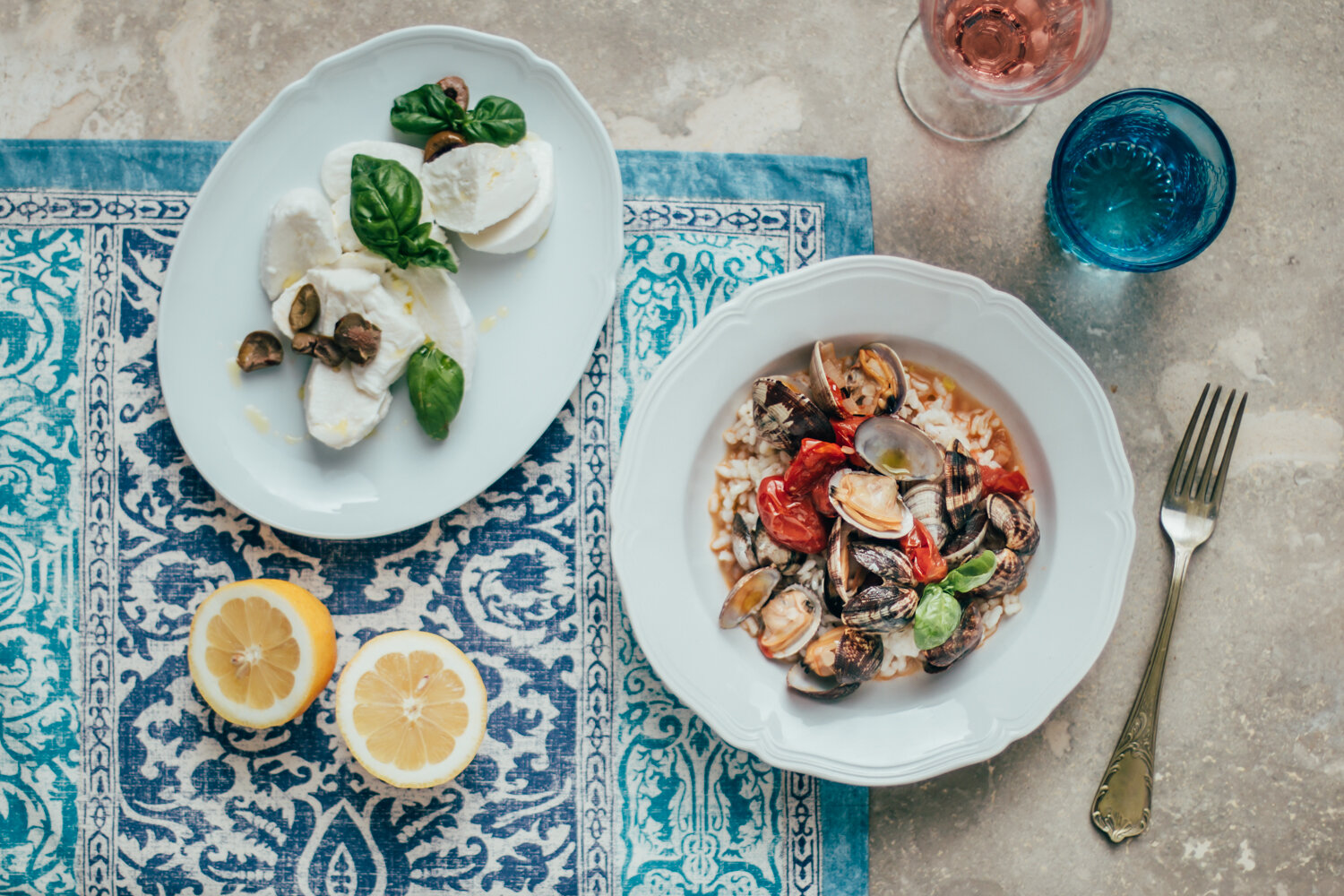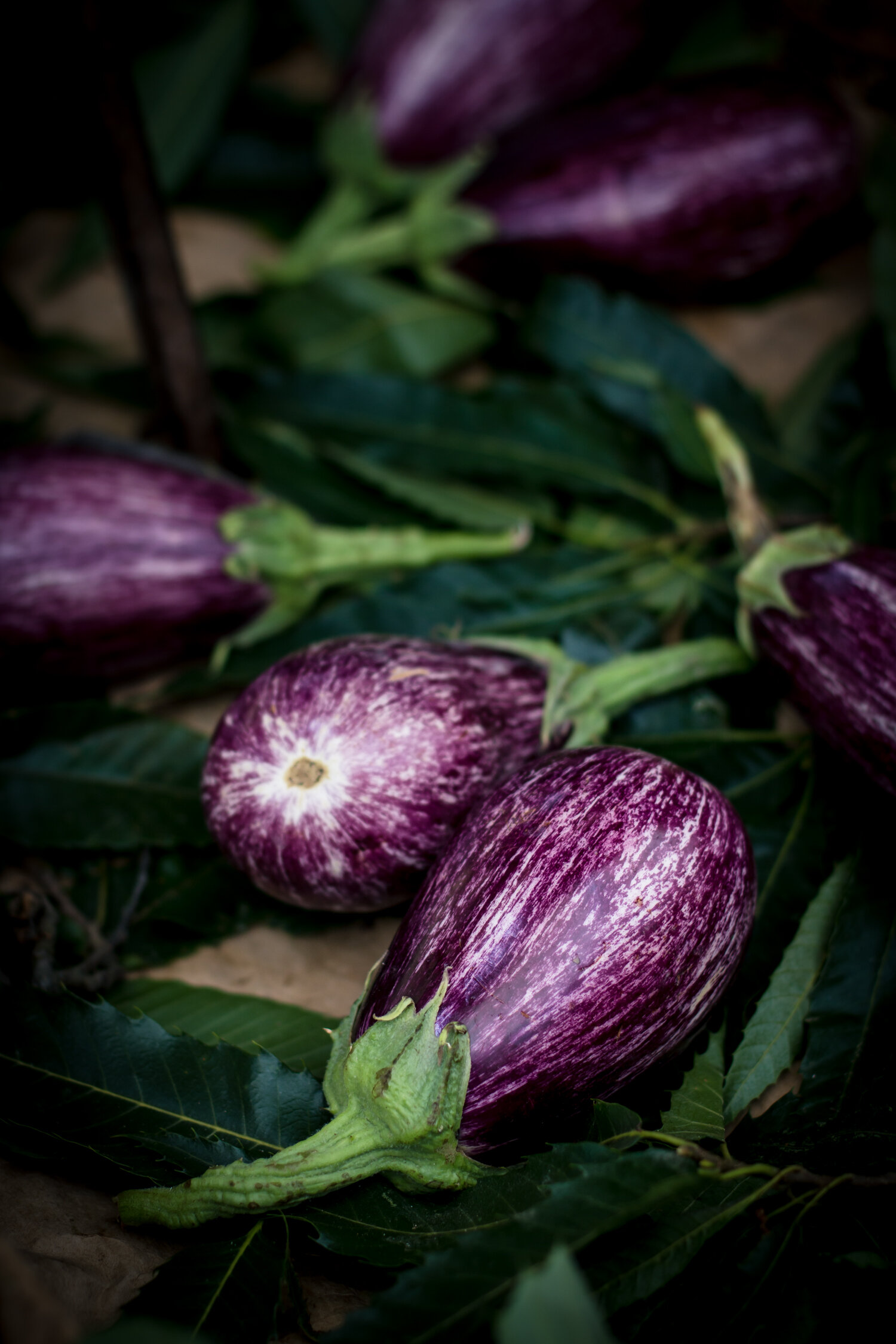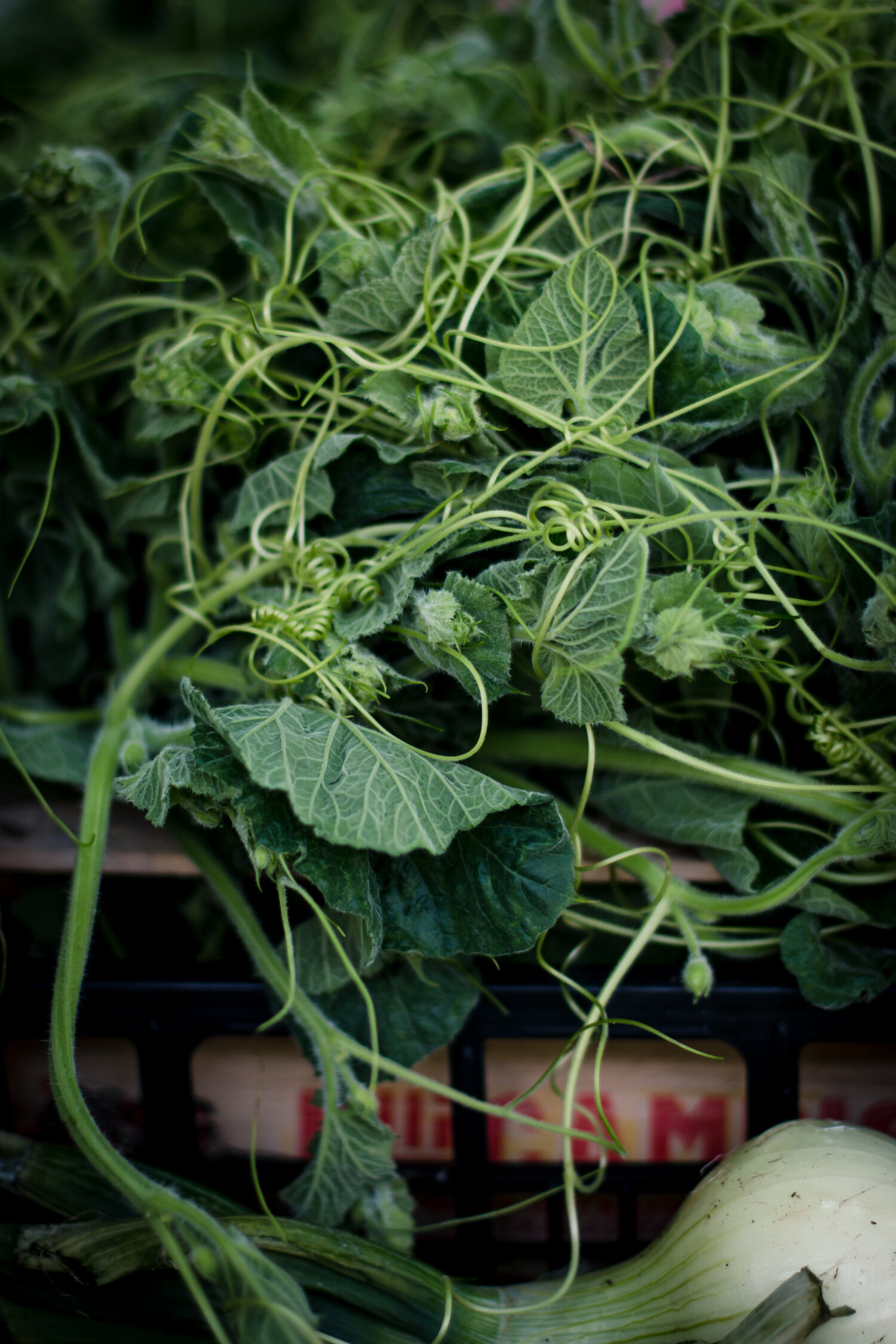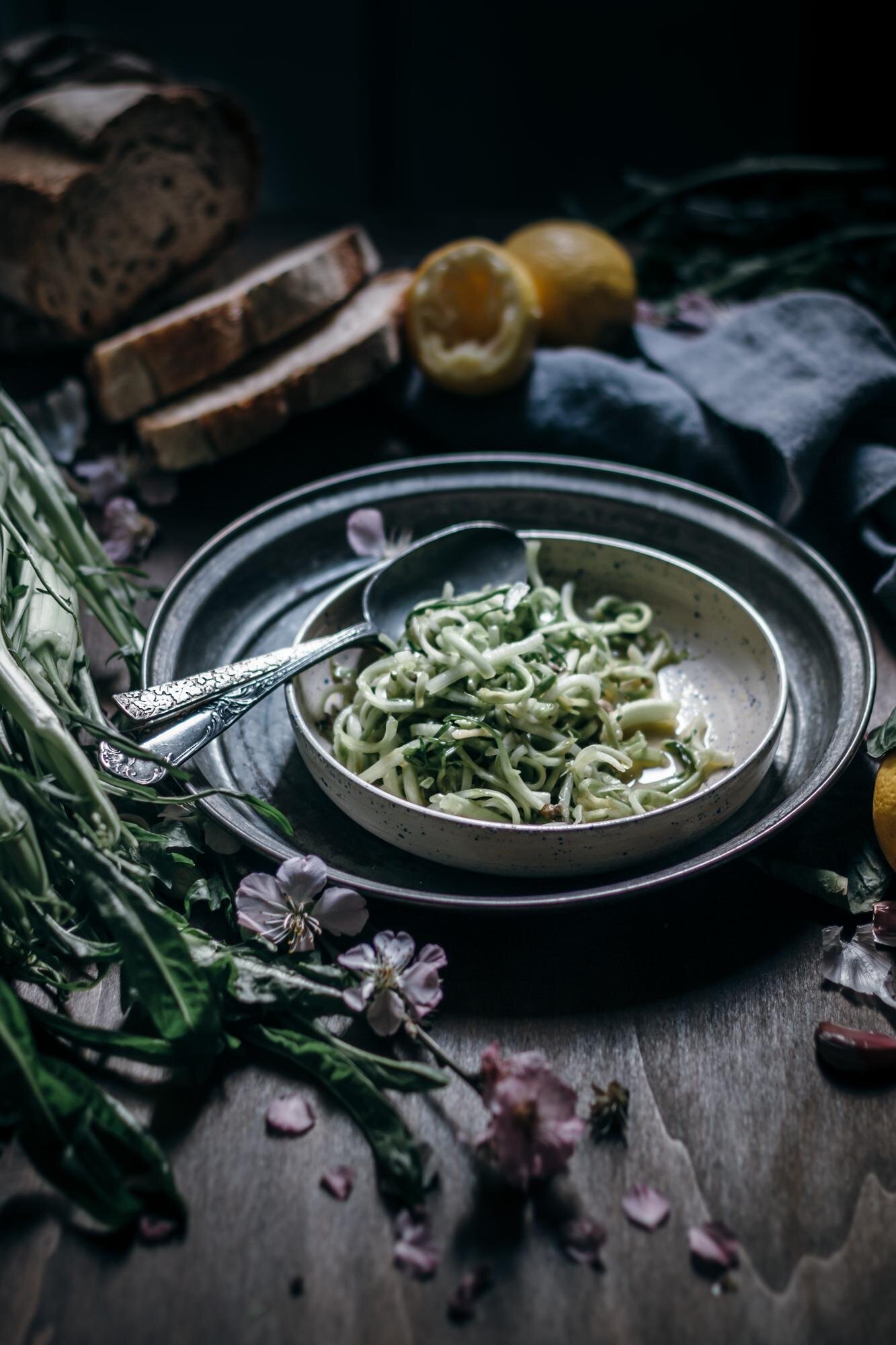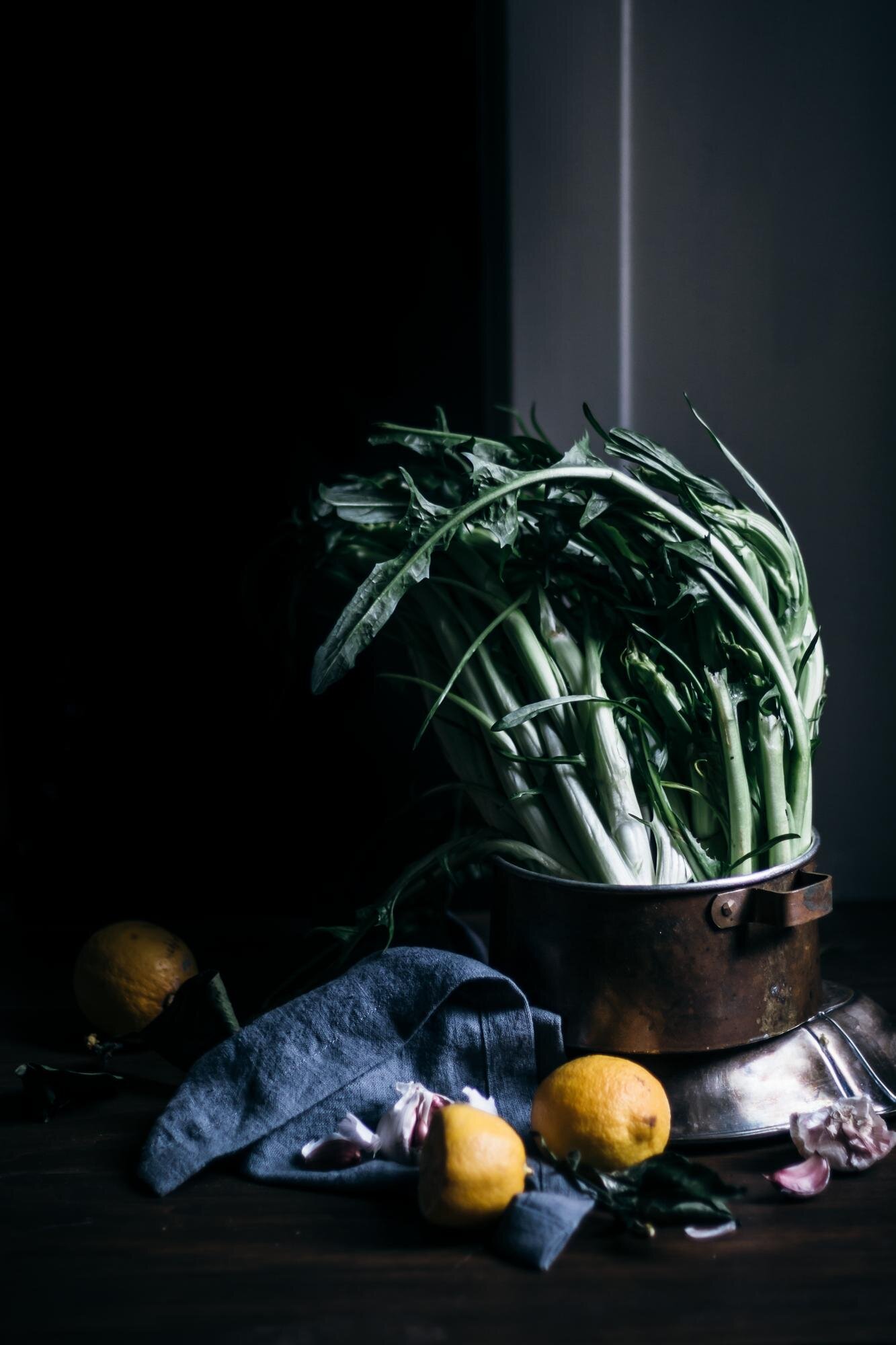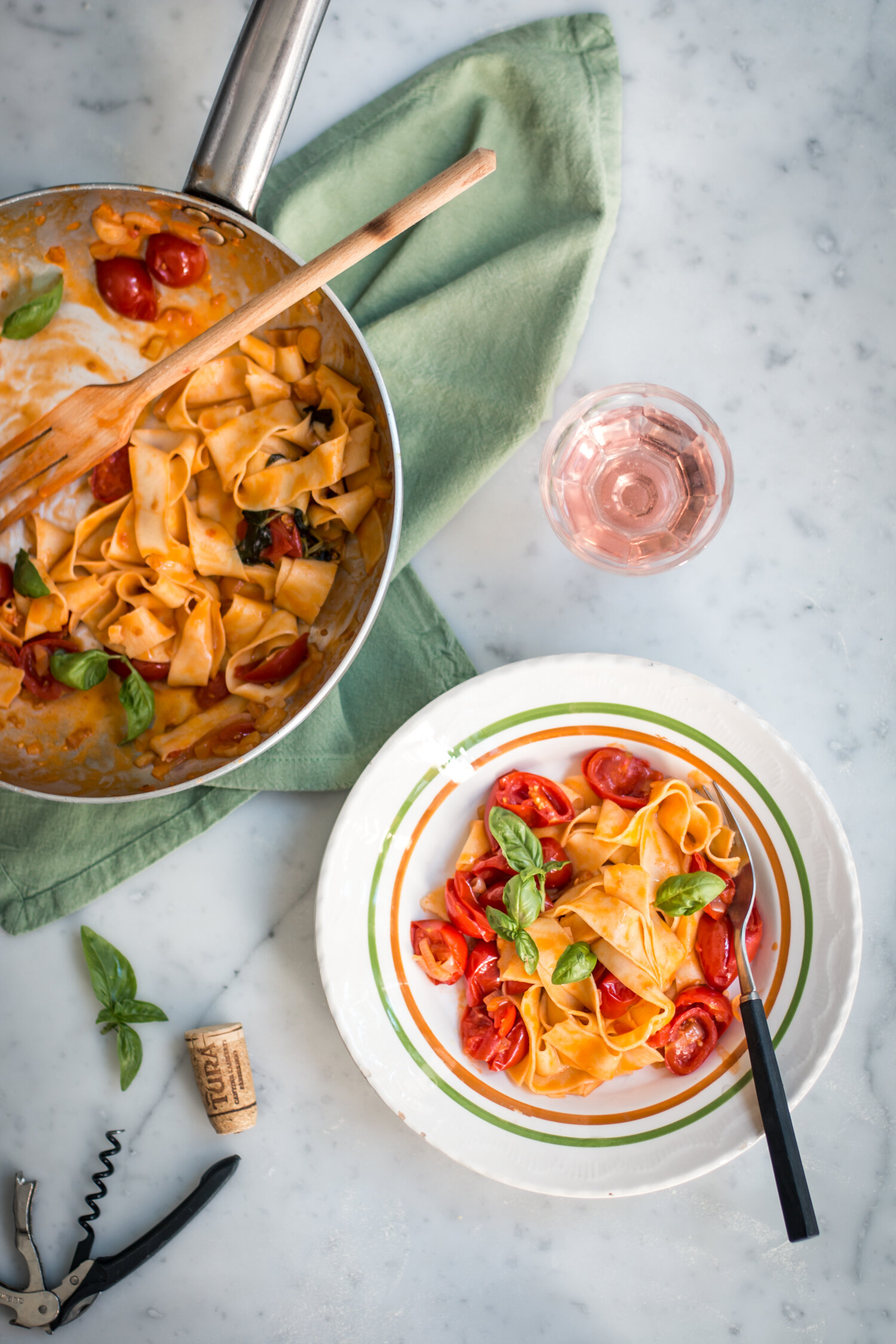10 Striking Food Memories from 10+ Years of Living in Italy, Pt. II
This is the second part of a previous post about my 10 food striking memories from more than a decade of living in Italy that you can read here.
As I said, not only was I not a foodie when I came to Rome in 2007, I wasn’t aware nor interested in particular ingredients or recipes either. I had had limited experience with some food on one hand — pork and alcohol, due to the restrictions in Iran — on the other, I still had the culinary taste of child, on some levels. I didn’t eat most of the vegetables, I hated fish in every form and way. All this changed forever when I started eating my way through Italy.
Join me on the rest of this journey though food and drinks that made the best part of my twenties (and early thirties). There’s no recipe in this post, and photos don’t necessarily represent the dish I have written about.
6. His Majesty the Pork; Porchetta and Salumi
All the pork I had tasted back in Iran came in the shape of a few varieties of cold cuts. That is to say just some ham, and maybe some sausages that on very rare occasions we bought (illegally) from the Armenian’s shop, or that someone had smuggled in from abroad.
Once in Rome, soon enough I was introduced to porchetta, the pork marvel rolled with tons of herbs, then roasted in its own skin until very crispy. I would ask the lady in the sandwich shop near Campo de’ Fiori to fill my sandwich (in a Roman ciabatta bread), with sun dried tomatoes and grilled eggplants. The tiny grocery shop right under my house on the other hand, would sell cheap pork steak. The fatty meat tasted divine to me, or better to say, it was a delicious sin I had never made.
Once I discovered the glorious world of salumi — the Italian cold cuts, there was no going back. One slice of prosciutto crudo and I was sold. Fatty salame used to be my favorite, capocollo, and mortadella came next. My heavy consume of these cold cuts was at its peak when we used to go to very inelegant evening picnics to the hills just next to roads, packed with a couple of supermarket baguettes, some cold cuts and a bottle or two of wine that we would share. No cutlery, no glasses, pure joy.
7. Seafood
It is no secret that I used to absolutely hate fish. It took me a couple of years in Italy to transform that dislike to love and curiosity. I came to the realization that fish has an adult flavor, meaning you can’t really appreciate it until you’re fully grown up. My first ever pasta with fish, was with smoked salmon and cream. I spat out that first mouthful my friends insisted I tried.
Later my friend Gianni suggested he would make me shellfish pasta “the Sicilian way”, which consisted in topping the pasta with heaps of a mixture of slightly toasted bread crumbs with finely chopped garlic and parsley, soaked in a generous amount of olive oil. Bread on pasta? Why not! Just another lovely, Italian carb on carb.
My romance with seafood may have started from the readymade frozen shellfish sauces from the super market, but it has gone a long way from there. I’ve learned to cherish and absolutely love seafood thanks to the Italian way with fish, to the point that now it’s among my favorite dishes. Not a summer passes by without many cones of fried little fish (baby octopus, anchovies and calamari), and I have mastered the art of perfect spaghetti alle vongole veraci — clam spaghetti, which is now one of my most favorites pastas ever.
8. Discovering (Bitter) Vegetables
Another food I disliked before coming to Italy was most of the vegetables. I kid you not, I hated eggplants (and if you know anything about middle eastern food, you should know how weird that is)! That changed forever when I ate eggplants roles with spaghetti inside in the new year’s eve of 2008.
I believe that (most of) the vegetables grown in Italy, particularly eggplants, tomatoes, zucchinis and other summer produce — taste remarkably better than the same vegetable grown elsewhere. It must be sunshine, and the unique Mediterranean terrain. Italians passionately agree with my theory of course, while people elsewhere need a bit of more convincing.
Here I tasted artichokes for the first time, and was blown away by its flavor, and all the way Italian regional cooking plays with this edible flower. While artichokes are very popular and used in many recipes around all Italy, it’s in Rome that they have found their well-deserved glory. The Roman artichoke — that is found only in and around Rome — is perfectly round in shape and forms of the “petals”. Its season is short, from late November to May, and the two classic ways with it are alla giudia — Jewish style, and alla romana — Roman style. The former is is double fried whole until crisp and brown, the latter is braised with olive oil, garlic and parsley. They’re both to die for.
Bitterness is pretty much appreciated in vegetables, specially here in Rome. The double cooked chicory for example is as bitter as it gets, and many visitors don’t like it at all. Puntarelle, another variety of chicory also described as “asparagus chicory” is another bitter vegetable that is very loved by Romans. The curled up stems (after resting in cold water) are dressed with a mixture salted anchovies and garlic, melted into olive oil and vinegar. The dressing’s flavor is pleasantly punchy and goes well with the crunchy freshness of the bitter greens.
9. Food of the Night
Memorable nights, or just late nights in company, make you hungry, specially after a few drinks. Early after my arrival to Rome I discovered that It’s absolutely normal to bring a big pot water to boil to make spaghetti ajo ojo peperoncinoat 4 AM! That is spaghetti dressed in a lot of olive oil, that has been heated and flavored with a lot of garlic and chilly. Nothing else needed. Unless if you have Sicilian preferences, then you would top the pasta with toasted bread crumbs. Again, lovely carb on carb, bread on pasta. Around Naples, the late night spaghetti is made with one or two salted anchovies melted in a generous amount of olive oil, and crushed walnuts.
When you’re too hungry, tired and drunk to come back home to make spaghetti, there are some “forno”s and bakeries from which you can get little slices of pizza. There are some bars (the Italian version of cafes) that are only open at night, where those with a sweet tooth can get a pastry, and a cappuccino. The Sorchettaro is among the most famous ones in Rome. The speciality of the place is a pastry baked with a little custard cream, then splashed twice, first with whipped cream, then with liquid chocolate. The pastry is called Sorchetta — an extremely vulgar term for female genitalia — Sorchetta doppio schizzo, when served with both whipped cream and liquid chocolate, the “double squirt”. You get the idea. Order a cappuccino with it, enjoy the sugar rush and forget about the name and the metaphor.
10. Extra Virgin Olive Oil, the Green Gold
Last, but certainly not least. The most life-changing and important lesson that I have learned from Italian cooking, is that oil matters, and it matters a lot.
Extra virgin olive oil, in my opinion is the true game changer when it comes to depth of flavor. Whether drizzled on a fresh salad, mozzarella and tomatoes, freshly grilled vegetables and toasted bread, or used for longer cookings of sauces and meats, what brings Italianity to the flavor of a dish, is the peppery magic of a good quality, extra virgin olive oil.
In this long and narrow boot-shaped land, many people are blessed with having their own olive trees, which means when the time arrives, they comb those silver leaf branches to harvest the precious fruit and take it to a mill, where they will extract the pure, cloudy extra virgin olive oil from the fruit. Those who don’t have their own olive trees, often have friends or family who do. So they can source some excellent EVOO directly from the farmers too. The rest of us can find the green gold in farmers’ markets and food fairs. Sometimes even supermarkets have some good, local olive oils.
The keys to recognizing to good quality olive oil are: 1. that it’s stored in dark glass bottles or cans, since olive oil quickly becomes oxidized by the light, 2. that it is stated on the packagings where the olives are from. The smaller the region, the better. It means olives haven’t been mixed. Worst cases are “EU olives” or no mention at all (which is not allowed in Italy), and the best is when it says they’re from a certain farm, in a certain territory. Don’t be fooled by the made in Italy label, as it may have been only bottled in Italy.
Moreover, I find olive trees, specially those multi-century old ones in the south, something of extraordinary beauty. Aged gracefully, twisted majestically, heaving tens of thousands of silver green leaves proudly to the sky, while modestly allowing some branches to touch the red soil. The olive tree is the essence of the Mediterranean and the soul of the Middle East. The common green trail, historically tying two of the most complex and exciting regions that humans have ever dwelled in. Unsurprisingly, having given life to some of the most ancient civilisations. Some of these old trees have seen kingdoms rise and fall, territories changing name with landlords. They have remained elegantly fruitful through centuries, maintaining a somewhat aching poetry in the way their trunk stands on the ground where their huge roots go deep in the earth and touch its heart.
These were my 10 most striking food memories from Italy. What are your significant memories tied to food? What dishes bring back stories you would like to share? Say them in the comments.





